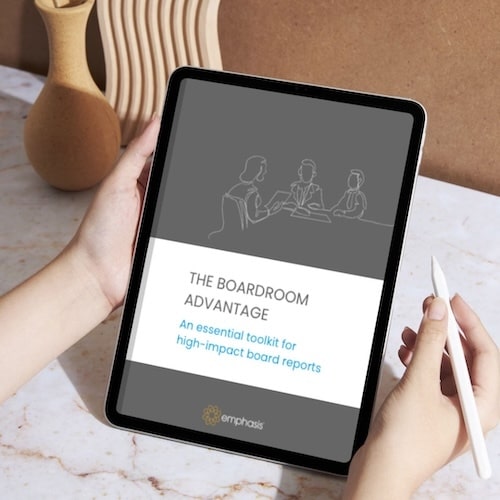
Contents

What is the best way to structure your report?
Many writers stick with the structure they were taught at school. This means starting with their findings, then outlining their conclusions, and finally giving their main message – like their recommendations – at the end. But that’s what we like to call the ‘murder mystery’ approach to document structure.
Don’t hold on to your recommendations for a final big reveal. The effect on the reader can be to keep them guessing or arguing with every point and perhaps even ending up with a conclusion that differs from your own.
Burying your main message is even more of a risk when it comes to your busiest (and generally most important) readers. Senior teams, board members and the C-suite often won’t have the time or patience to go hunting for the key points. They may end up missing them altogether.
A new order
A far more effective structure is to start with your main message and then provide the information that supports it.
Think of your document as a pyramid. At its peak is your main message. Underneath this are your main supporting arguments and information. And underneath these there’s another level of supporting information.
This concept was developed by Barbara Minto, who called it ‘The Pyramid Principle’.
Ordering the information this way means time-strapped readers can quickly get to your most important points, then choose how much more detail they go on to read.
Start from the bottom
When you visualise your content forming the pyramid structure, you read from the main message at the top to the supporting points lower down – just as you read any document, from top to bottom. But to create the structure when you’re planning your document, you need to start from the bottom – from the facts.

Open description of image
Pyramid-shaped diagram illustrating the structure of a report.
At the top is a box containing the words:
Situation
Complication/Problem
Question + Answer = Resolution
Below this, lines branch off down to three boxes each saying ‘Main argument’.
Three lines branch off below each of these ‘Main argument’ boxes to nine smaller boxes each saying ‘Info’.
More lines branch off below each of those ‘Info’ boxes to 27 even smaller boxes each saying ‘Detail’.
Caption: The Pyramid Principle: start with your main message
From there, you group the facts to form insights, then turn the insights into your arguments. Finally, you write your overarching main message: the logical conclusion you’ve drawn from the different strands of insights and arguments.
Remember: in building up the pyramid structure, you need to make sure that each point summarises the ones below and supports the one above.
The storyboard technique
So how do you go about logically grouping your facts and data? One incredibly useful and flexible approach to try is storyboarding. To do it, write your ideas on separate sheets and arrange them – ideally on a wall – until you have a structure that works well. Large post-it notes are great for this. The power of storyboarding is that it allows you to move material around while retaining a view of the overall structure.
There are many ways in which you can group information. To work out the best groupings, consider the questions your readers might raise and the purpose of your document. Group ideas of the same kind together. For maximum impact, try to use each idea only once. Ask yourself: is each idea in the right place? Is anything missing?
How AI can help
Try asking AI for suggestions for grouping your findings based on common themes. This can be as a sense check or second opinion to your own.
Example prompt:
I’m drafting a report on [topic] according to the Minto Pyramid Principle.
Here are [100 findings]. Can you organise these findings into groups, with a summary statement for each group?
Whether or not you hand this part over to the tool, use your own judgement when it comes to drawing the insights from the groups.
Presenting your main message
Before you give your reader your point of view, you need to make sure they’re paying attention – that they’re ready to hear what you have to say. So set the scene and explain why what you’re writing about is important.
Here is a technique for doing this:
Situation
Give minimal background information to put your document in context. Make sure it’s ‘safe’, meaning information that your reader will not dispute. This is the starting set of circumstances and must comprise facts that everyone agrees on. Keep it short – usually a line or two is enough.
Complication
The trigger for the document: what has brought about the need for you to write it? This section describes what has changed or could change from the starting circumstances above. It tells your readers why they should be interested.
Question
The question you ask is critical because it informs the whole of the rest of the document. Are you, for example, asking ‘Why should we do this?’, ‘What should we do?‘ or ‘How should we do this?’ Your answer will be different in each case and will determine the content of the document. Note that the question may not make it into the final document.
Remember to keep the situation, complication and question brief. They should simply provide the context for your main message – the answer to the question – and help your reader absorb it.
Now, answer your question, clearly and persuasively.
Making the information flow
Once you have the main body of the document in place, the next step is to think carefully about the ‘signposts’ you’re going to use throughout, such as the section headings and subheads. These can give your reader an immediate overview of your arguments and help keep them reading.
The reader should be able to flick through the document and know exactly what it’s about just by reading the subheads. So make sure the subheads are meaningful and actually say something about the content.
Paragraph structure
Well-structured paragraphs will also help to keep your reader reading. The first sentence should signpost the paragraph’s main point. Each of the following sentences should then build on the one that has gone before.
Make sure you don’t try to shoehorn too much information into one paragraph. Try to sum up each paragraph’s content in a few words: if you find this hard, you’re probably trying to cram too much in. Working out the rationale behind each paragraph like this will also help to ensure that you move logically from one point to the next.
How AI can help
Check how well your document flows with a little help from AI. Try this prompt:
Does this [report] flow well?
Suggest ways to improve how one paragraph leads to the next.
Linking words and phrases
There are a number of linking words and phrases that you can put at the start of a paragraph to link it with the one before. Some of them are listed below. Beware of falling into the trap of using the same linking words over and over again. It’s very easy to do this, for example, with ‘however’.
Use a variety of the following: however, therefore, nevertheless, yet, because, firstly, secondly, on the other hand, similarly, clearly, in conclusion, then, consequently, despite, although, since, in addition, in contrast, an example of, as a result.
Conclusions
And don’t waste your conclusion. Use it to keep your reader thinking about what you’ve written, and to reinforce the recommendation you made in the introduction. You can find out more about how to write memorable conclusions in this article.
This article was reviewed and updated on 9 September 2025.
Image credit: Mummert-und-Ibold / Shutterstock






